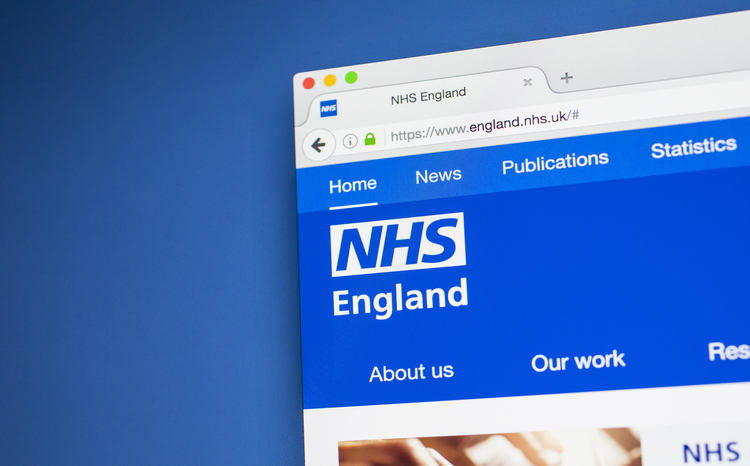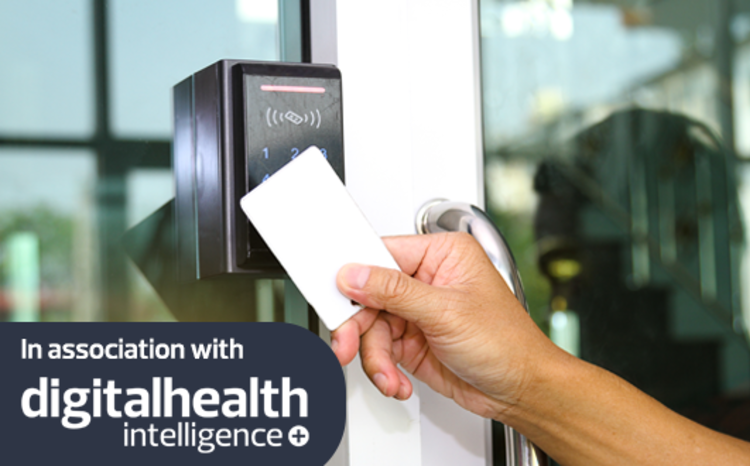Nuance launches SpeechMagic 7
- 18 November 2009
Nuance Communications has launched a speech recognition platform designed to revolutionise clinical documentation by facilitating large scale deployments.
According to the firm, SpeechMagic 7 supports 25 recognition languages, provides out of the box performance and can be easily rolled-out using optimised integration tools in health IT systems of all kinds.
Marcel Wassink, vice president of Nuance Healthcare for the EMEA said that SpeechMagic 7 will mark the milestone where the healthcare industry turns from keyboard and mouse to speech recognition as the preferred way of information capture.
He said: “In the future every hospital will have a speech recognition infrastructure. It is essential for highly productive information management, treatment quality and cost-efficiency.
“SpeechMagic 7 supports the progression to an extensive use of front-end speech recognition through improved user-specific adaptation, enabling the system to better learn the behaviour of each user and consequently produce better output.”
The latest version of SpeechMagic now features 100,000 recognisable words, key performance indicators which measure productivity and turnaround times for each user and implement the optimise the individual use of speech recognition and one-click installation.
There is also no down-time when updating the system and it can be deployed in a virtualised hospital environment.
Gernot Puck, product manager at Nuance Healthcare said: “SpeechMagic 7 has been conceived on the basis of the needs and feedback of over 100 integration partners over the years thus fully reflecting the needs of hospitals across Europe and other regions of the world.”
The first documentation solutions based on SpeechMagic 7 are expected to be available from early 2010.
Nuance has also launched SpeechMagic Solution Builder 2.0 a speech-based clinical documentation application for German-speaking countries, Finland and Spain. The solution comes with improved online speech recognition features and facilitates medical reporting, inline with the structure of the electronic patient record. The latest version can manage up to 1,500 users and 100,000 dictation jobs simultaneously.





